A café, a night, a troubled soul
At Alpha Reproduction, we believe that certain canvases are not just looked at: they are felt. The Night Café by Vincent van Gogh, painted in Arles in September 1888, is one of those works that transcends the mere representation of a place. It is a deeply introspective painting, a dive into the human night, where colors vibrate as much as silent emotions.
In this deserted café, bathed in overwhelming artificial light, Van Gogh does not paint a decor: he paints solitude, fatigue, inner flight. Through this nocturnal scene, the artist gives body to a psychological vision of space — between the tension of colors and the vertigo of perspective. Far from the friendly bustle of a bistro, The Night Café becomes a frozen, almost oppressive theater, where every detail resonates like a note of the soul.
🖼️ A work painted in Arles in 1888
In September 1888, Vincent van Gogh has been staying in Arles for several months. He is in a state of creative excitement. Fascinated by the southern light, he explores the streets, cafés, fields, and faces. It is in this context that he creates The Night Café, a canvas inspired by the real Café de la Gare, located at Place Lamartine, not far from his own yellow house.
Van Gogh writes to his brother Theo:
“I sought to express in this painting the idea of a place where one can ruin their health, lose their mind, or commit a crime.”
It is therefore not a simple exercise in perspective or colors, but an emotional manifesto. He works at night, by gaslight, his eyes fixed on this red and green room where silence weighs heavier than words. He paints it over three nights, tirelessly, as if driven by an inner necessity.
In Arles, Van Gogh is not only seeking external light: he is also confronting his inner darkness. The Night Café is a mirror stretched between the visible and the invisible, between the mundane daily life and the psychic depth.
🎨 Visual analysis: a red, green, and psychological night
Le Café de Nuit surprend d’abord par sa palette chromatique audacieuse : un rouge sanglant sur le sol, un vert acide sur les murs, des lampes jaunes éclatantes suspendues comme des halos brûlants. Ces couleurs ne cherchent pas l’harmonie — elles provoquent une tension visuelle, presque physique. Van Gogh l’écrit lui-même : il veut que les couleurs parlent plus fort que les formes.
The composition of the painting accentuates this discomfort. The gaze is caught by a vanishing perspective, as if drawn towards the back of the café, where a half-open door leads to darkness. The lines of the billiard table, the ceiling, the walls, everything seems to tilt, sway, slide towards an invisible void.
The human figures, for their part, are motionless, leaning, withdrawn into themselves. No smiles, no interaction. Even the man standing in the center seems frozen in an absent posture. Van Gogh does not paint a moment of conviviality: he paints silent solitude, the fatigue of wandering souls.
The light, too strong, becomes almost violent. It does not illuminate, it exposes. It is no longer a genre scene, but a psychological unveiling. The viewer becomes a witness to a place where time seems suspended, as if the world had stopped in anticipation of an invisible drama.
🧠 Symbolic and emotional reading of the painting
The Night Café is not just a simple bistro interior: it is a allegory of human isolation. Every detail seems chosen to evoke a latent discomfort, a form of silent violence. Van Gogh, marked by his own inner turmoil, paints here a place laden with the unconscious, almost theatrical, where wandering souls find neither warmth nor respite.
The red of the floor evokes danger, passion, but also nervous fatigue. The sickly green of the walls suggests discomfort, even disgust. The colors are not realistic, they are emotive. They translate the painter's state of mind: exhaustion, anxiety, insomnia.
It is a painting of the endless vigil, where one does not sleep, where one does not really live anymore.
The café thus becomes a metaphor for the tired soul — a closed space, where people forget themselves, cross paths without seeing each other. This representation of inner emptiness is reinforced by the artificial light, too harsh, which brings neither warmth nor clarity: it reveals the absurd, the absence of reference points, the deep boredom.
Van Gogh thus offers an existential gaze on a mundane place. He transforms a scene of everyday life into a painting of universal solitude, echoing his own struggles.
🧭 The Night Café in Van Gogh's journey
In Vincent van Gogh's career, The Night Café occupies a unique place. Painted during his stay in Arles, at a time of great artistic fertility, this painting is part of his most introspective works. It marks a turning point in the representation of night: no longer romantic or contemplative, but psychological, internal, almost suffocating.
Contrairement à La Terrasse du Café le Soir, peint quelques jours plus tôt, où la nuit est étoilée, vivante et sociale, Le Café de Nuit dépeint un monde clos et asphyxiant. La comparaison entre les deux tableaux montre à quel point Van Gogh savait moduler ses émotions à travers la lumière : de la sérénité cosmique à l’angoisse confinée.
This painting also announces certain upcoming expressionist explorations. Through its distortion of perspective, the subjective use of color, and intense emotional charge, it foreshadows the movements of the 20th century, long before Munch or the Fauves.
This same café in Arles, immortalized by Van Gogh in The Night Café, also inspired Paul Gauguin, who stayed with the artist in October 1888. Fascinated by the unique atmosphere of the place, Gauguin also created a canvas there, capturing a scene of the same interior with his own symbolist sensitivity. This artistic cohabitation gave birth to two contrasting visions of the same space, revealing the emotional and pictorial richness of the place.
Finally, The Night Café is a work that is both confessional and universal. It reflects the artist's mental state while posing an open question to each: what happens in these sleepless places, when the world falls asleep and the soul watches alone?
🖌️ Hand-painted reproduction: treat yourself to this masterpiece
At Alpha Reproduction, we believe that certain paintings deserve to be contemplated daily, in all their intensity. The Night Café by Van Gogh is one of them. Thanks to our artisanal know-how, we offer you a faithful reproduction, hand-painted in oil on canvas, respecting every brushstroke, every emotional nuance of the original work.
✅ Alpha Reproduction quality:
-
Oil painting on canvas, handmade by a professional artist
-
Respect for Van Gogh's style: expressive material, intense colors, bold perspectives
-
Certificate of authenticity provided
-
Customizable formats according to your space (small format, large format)
-
Available frames: American box, gilded frame, raw wood…
🏠 A decorative work with a strong personality
With its red-green palette and powerful nocturnal atmosphere, The Night Café is an ideal piece for:
-
A modern living room or an inspiring library

-
A reading nook or a reflection space

-
An art therapy cabinet, an psy office, a bedroom

-
Or simply, a place where one wishes to invite inner contemplation.
Give your walls a rare and meaningful work, painted with passion.
✨ Order your custom reproduction of The Night Café – Van Gogh now and give your space a unique emotional depth.
❓ FAQ – Everything you need to know about The Night Café by Van Gogh
Where is Van Gogh's painting The Night Café located?
The original work is housed at the Yale University Art Gallery, in New Haven, USA. It is permanently on display there.
What is the meaning of the painting?
Van Gogh describes the café as a place of solitude, perdition, and moral fatigue. He wanted to show "a place where one can ruin their health," using expressive colors to convey a silent anguish.
What is the difference between The Night Café and The Evening Café Terrace?
Although both paintings depict a café, The Evening Café Terrace portrays a bright and peaceful outdoor scene, while The Night Café shows a closed, glowing, and oppressive interior, symbolizing inner solitude.
Why did Van Gogh use such intense colors?
At Van Gogh, color becomes emotional language. He used strong contrasts to suggest a psychological atmosphere. Here, the reds and greens express discomfort, tension, and insomnia.
Can one buy a faithful reproduction of The Night Café?
Yes, at Alpha Reproduction, we offer hand-painted oil reproductions, faithful to the original work, customizable in size and framing, delivered with a certificate of authenticity.




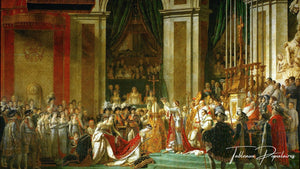
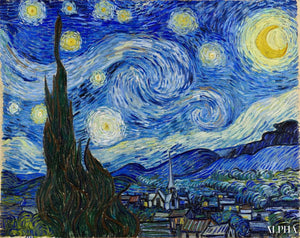
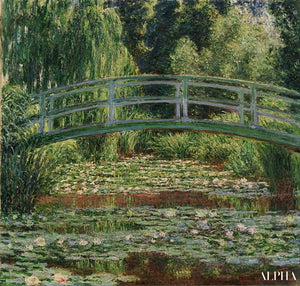
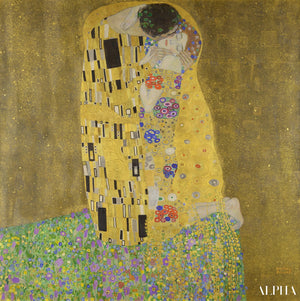
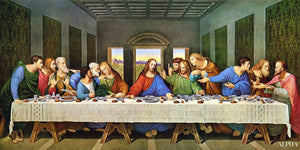
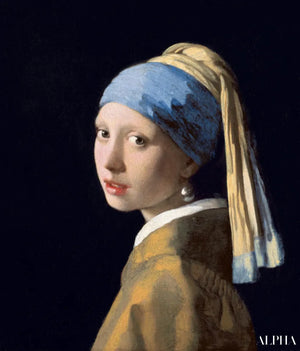
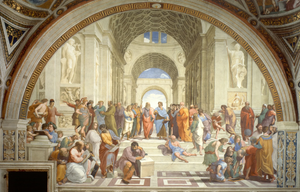
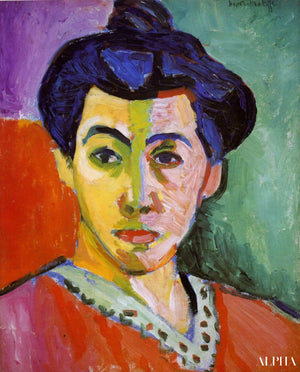
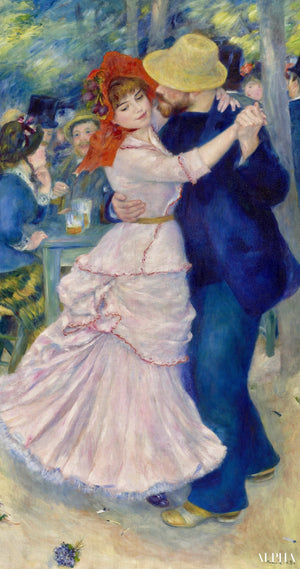


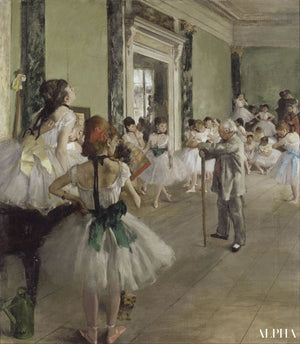
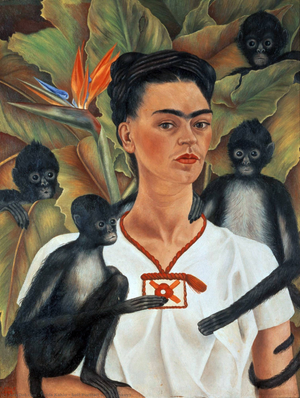
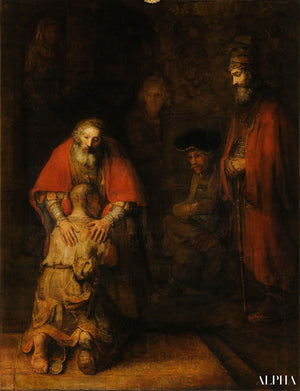

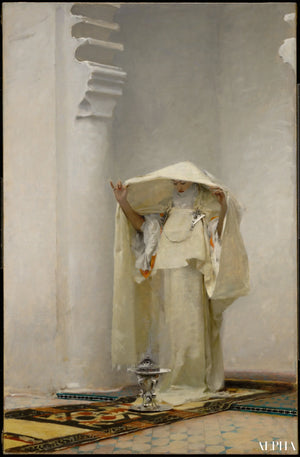
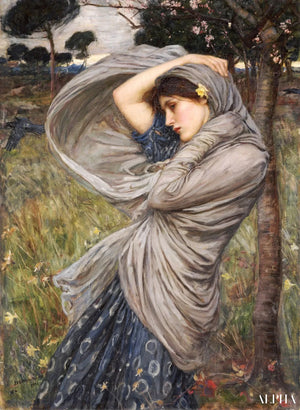

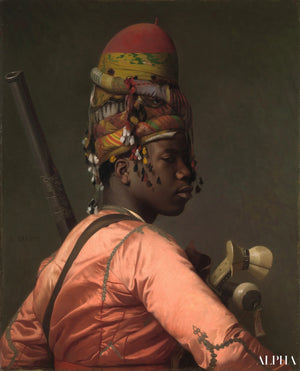





0 comments